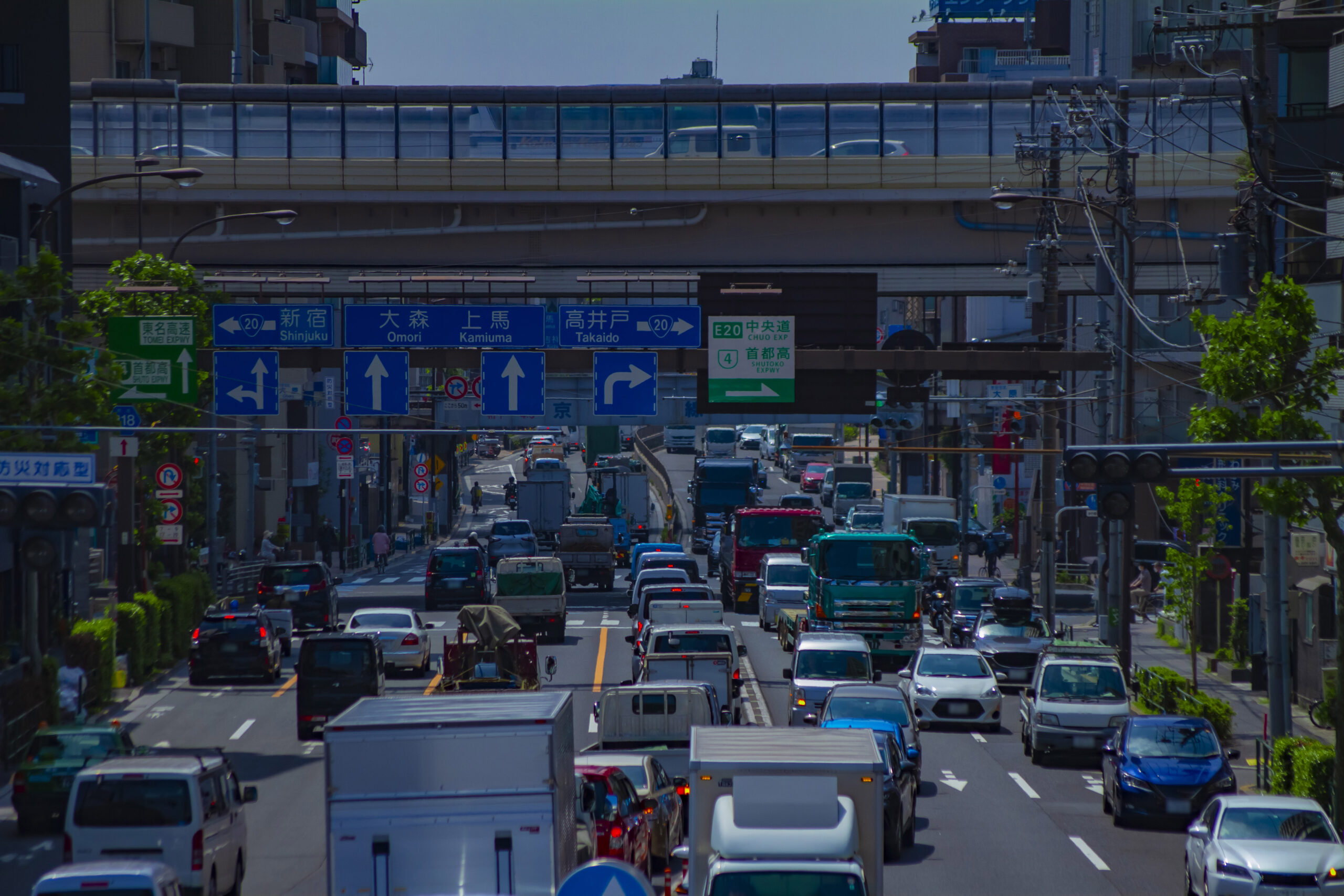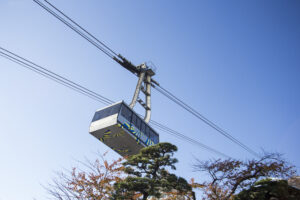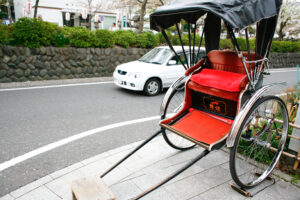In the land of the rising sun, public transit operates with an efficiency and punctuality that sets a global standard. From the ultra-modern Shinkansen bullet trains that whisk passengers across vast distances in record time to the meticulously organized urban subway systems, Japan’s approach to public transportation is a marvel of innovation, sustainability, and accessibility. This exploration into the efficiency of Japanese public transit reveals the layers of precision, technology, and commitment to excellence that underlie its success. As the world grapples with the challenges of urbanization and environmental sustainability, Japan’s transit system offers valuable lessons and inspiration.
Unveiling Japan’s Transit: A Global Benchmark
Japan’s public transit system is renowned worldwide for its reliability, cleanliness, and high level of service. This reputation is built on a foundation of decades-long commitment to excellence in transportation planning and execution. Visitors to Japan are often struck by the ease with which one can navigate the country using public transit, whether it’s the bustling streets of Tokyo or the scenic regions of rural Japan. The system’s efficiency is not just a matter of national pride; it is an essential component of daily life for millions of Japanese residents. The seamless integration of different modes of transportation, from trains and buses to ferries and community bicycles, ensures that the public transit system meets the diverse needs of its users.
The Punctuality Phenomenon in Japanese Trains
The punctuality of Japanese trains is legendary, with delays measured in seconds rather than minutes. This precision is no accident but the result of meticulous planning, rigorous training, and a culture that values time highly. Train operators adhere to strict schedules, and any deviation is taken seriously, with apologies issued for even minor delays. This commitment to punctuality ensures that passengers can rely on the public transit system for their daily commutes, appointments, and travel plans without the need for hefty time allowances.
Japan’s Commitment to Clean and Efficient Transit
Cleanliness in Japanese public transit is another area where Japan sets a global standard. Trains and stations are kept immaculately clean, contributing to a pleasant and healthy travel experience. Regular maintenance and cleaning routines are integral to the transit system’s operation, reflecting the broader cultural emphasis on cleanliness and respect for shared spaces. Moreover, efficiency is achieved through the thoughtful design of transit routes, ticketing systems, and crowd management practices, ensuring that the system operates smoothly even during peak times.
Shinkansen: Revolutionizing High-Speed Travel
The Shinkansen, or bullet train, is a symbol of Japanese innovation in public transit. With speeds reaching up to 320 km/h (198 mph), the Shinkansen network connects major cities across Japan with astonishing speed and comfort. Since its debut in 1964, it has revolutionized high-speed travel, setting the bar for similar systems around the world. The Shinkansen’s success lies in its meticulous operation, ongoing technological advancements, and stringent safety measures, making it a preferred mode of transportation for millions of passengers each year.
Tokyo’s Subway: Navigating the Urban Maze
Tokyo’s subway system is a marvel of urban transit, efficiently managing the flow of millions of daily passengers through a complex network of lines and stations. The system’s design makes navigating the sprawling metropolis surprisingly manageable for both residents and visitors. Clear signage in multiple languages, frequent service, and extensive network coverage ensure that passengers can travel across the city with ease. The subway’s role in Tokyo’s public transit ecosystem is pivotal, demonstrating the importance of well-organized urban transportation in maintaining the city’s global standing as a bustling metropolis.
How Japan’s Public Transit Embraces Technology
Technology plays a crucial role in the efficiency of Japan’s public transit. From the use of advanced ticketing systems to real-time train tracking apps, technology enhances the passenger experience and operational efficiency. Innovations such as automated ticket gates and IC cards like Suica and Pasmo streamline the boarding process and simplify fare payments, making public transit more accessible and convenient. Moreover, Japan’s investment in futuristic technologies, including autonomous trains and smart infrastructure, signals its commitment to maintaining its leadership in public transit innovation.
The Role of Suica and Pasmo in Seamless Travel
Suica and Pasmo cards exemplify Japan’s approach to seamless travel. These rechargeable smart cards can be used across various modes of public transit, including trains, buses, and even some taxis, eliminating the need for multiple tickets or exact change. They also facilitate easy access to vending machines, convenience stores, and other amenities, further enhancing the utility and convenience of Japan’s public transit system. The widespread adoption of these cards underscores the importance of integrated payment systems in modern urban mobility.
Eco-Friendly Initiatives in Japan’s Railways
Japan’s railways are at the forefront of eco-friendly initiatives, championing sustainability in public transit. Efforts include the adoption of energy-efficient trains, the use of renewable energy sources, and the implementation of strict recycling and waste management protocols. These initiatives not only reduce the environmental impact of the transit system but also set a standard for sustainable practices in public transportation worldwide. Japan’s commitment to green transit solutions reflects a broader societal emphasis on harmony with the natural environment.
Accessibility: Making Transit Work for Everyone
Accessibility is a key aspect of Japan’s public transit system, ensuring that it serves the needs of all passengers, including the elderly, disabled, and those with small children. Features such as elevators, escalators, tactile paving, and audio guidance systems are commonplace in stations and trains, making the system more navigable for those with mobility challenges. Japan’s focus on accessibility demonstrates a comprehensive approach to public transit, one that seeks to inclusively cater to the diverse needs of its population.
The Financial Dynamics of Japan’s Public Transit
Financially, Japan’s public transit system is supported by a combination of government funding, fare revenues, and corporate investments. While maintaining high levels of service and innovation, the system faces challenges such as the high costs of infrastructure maintenance and the need for continual investment in technology and sustainability initiatives. Balancing the financial sustainability of the transit system with the commitment to quality and efficiency is an ongoing challenge that requires innovative solutions and strategic planning.
From Buses to Bikes: The Full Transit Spectrum
Beyond trains and subways, Japan’s public transit spectrum includes an extensive network of buses, community bicycles, and pedestrian-friendly infrastructure. These modes of transport provide vital links to the broader transit system, ensuring accessibility to even the most remote areas. The integration of different transportation modes underlines the holistic approach Japan takes towards public mobility, recognizing the importance of versatility and coverage in meeting the needs of a diverse population.
The Future of Japanese Public Transit: Innovations Ahead
Looking forward, Japanese public transit is poised for further innovation. Projects such as the development of the next-generation Shinkansen and the exploration of smart city technologies promise to enhance the efficiency, sustainability, and convenience of the system. As Japan continues to push the boundaries of public transit, its ongoing commitment to improvement and innovation will undoubtedly keep it at the forefront of global transportation solutions.
The efficiency of Japan’s public transit system is a testament to the country’s dedication to precision, innovation, and accessibility in urban mobility. As cities around the world seek sustainable and efficient transportation solutions, Japan’s transit model offers valuable insights and inspiration. From the high-speed Shinkansen to the intricate subway networks and beyond, Japan’s approach to public transportation not only facilitates the daily lives of millions but also reflects a broader commitment to environmental sustainability and technological advancement. As we look to the future, Japan’s public transit system continues to evolve, promising to set even higher standards for efficiency, convenience, and sustainability in the years to come.








